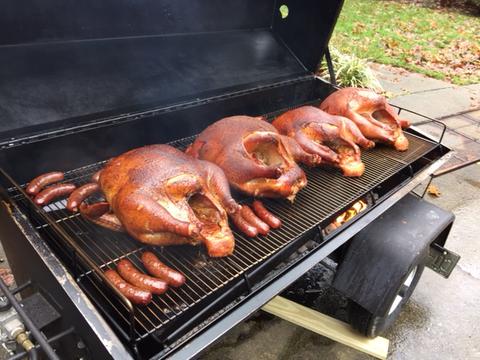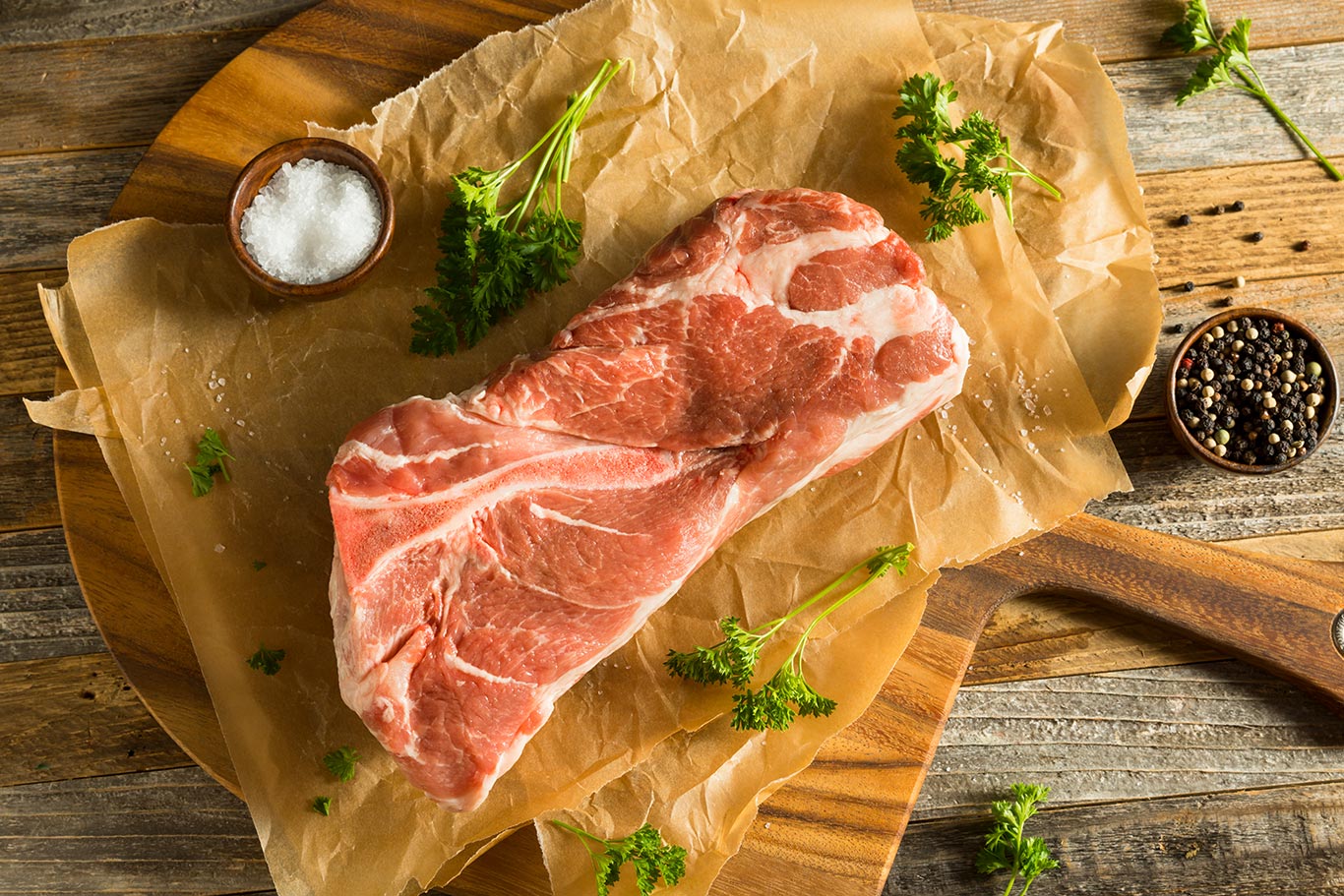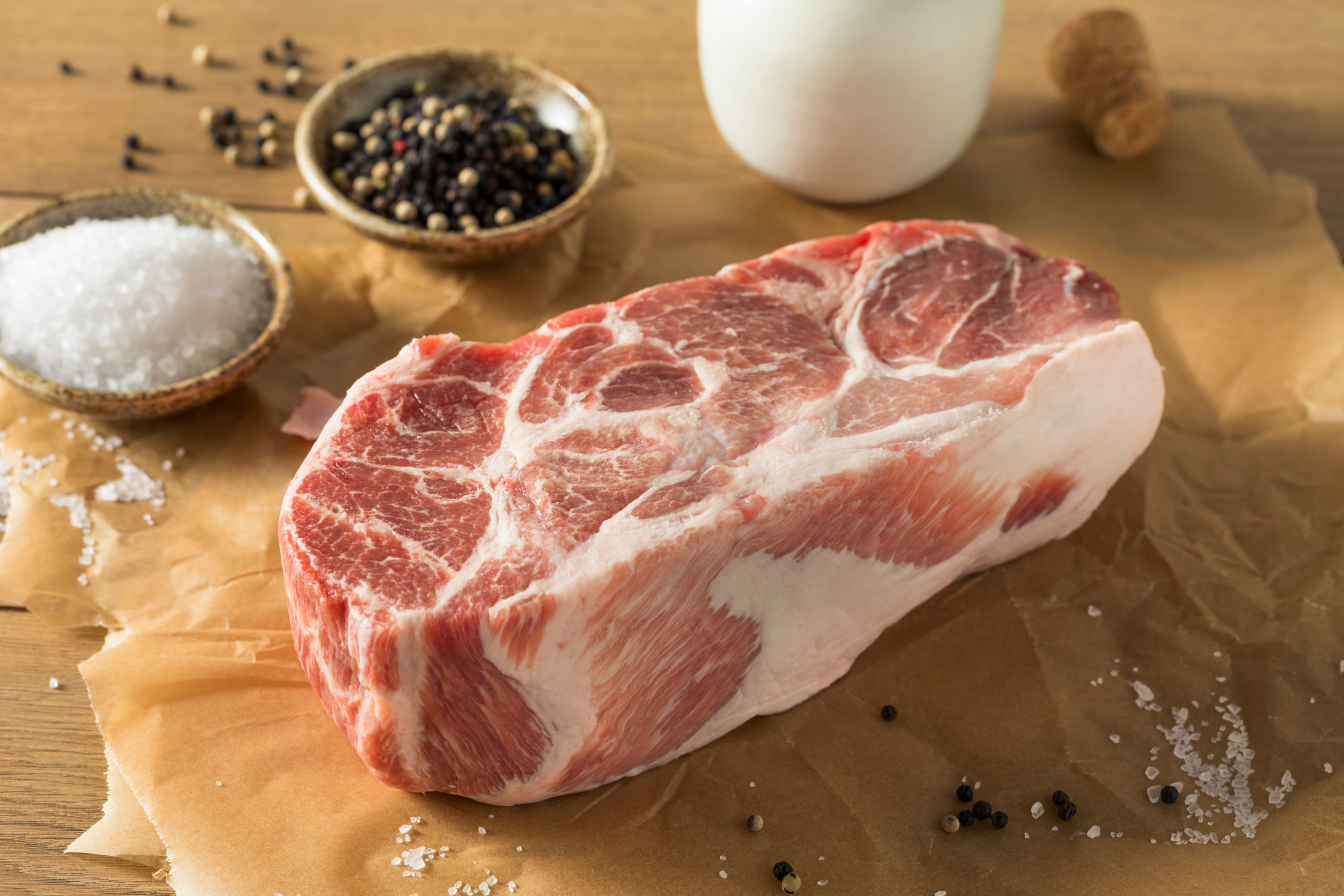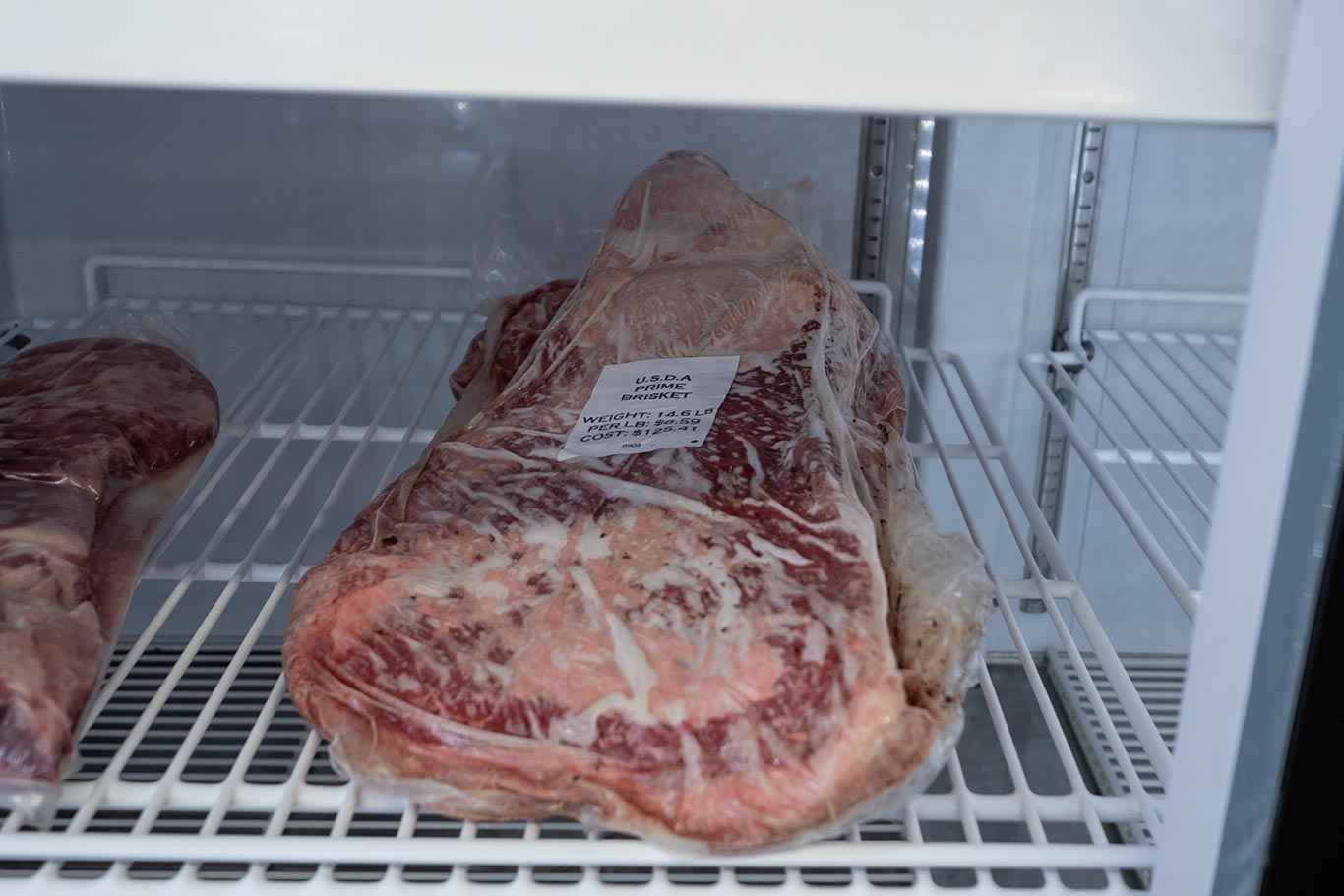It seems that turkey cooking has been relegated to the busiest holiday of the year, Thanksgiving. That shouldn’t be so.
When smoked it makes for a great meal and when chopped up makes some fantastic barbecue.
There are so many ways to cook a turkey that this would require a separate article dedicated to just that.
Today we want to discuss smoking a turkey.
Now many of you do not have the luxury of owning a smoker but that doesn’t mean you have to sit on the side line of this discussion.
One of the finest ways to cook a turkey is to smoke it.
I’m not putting down the indoor oven or deep frying. It’s just that smoking a turkey imparts a taste like no other.
Now, I’m not talking about smoke to the extent of making jerky. I’m simply saying that a light flavor of smoke from the right smoking woods is the perfect partner for turkey.
Before we talk about some of the ways to smoke a turkey let’s first discuss some basics.
Turkey is no different than any other poultry. It is susceptible to Salmonella and other pathogens. There is no way around this because of their living conditions. So, it is important to handle with care and make certain all prep areas are completely disinfected. There is a “school of thought” that washing the turkey will help remove some of the pathogens. It doesn’t. It only spreads the pathogens around the prep area. The pathogens are deep in the skin.
To stuff or not to stuff? That is the question. Don’t stuff. Stuffing the bird requires that you cook the stuffing to 160 degrees because it will have absorbed juices from the raw turkey. In achieving the temp needed will require you to overcook the rest of the bird. With the body cavity empty, heat can flow in and out of the body cavity freely providing consistent and even heat distribution.
Make the stuffing over the stove and bake separately.
Don’t put the bird directly in a roasting pan. You can put it on a rack with the pan underneath. This allows heat to circulate around the bird to provide even cooking.
Prepping the bird
Check the body cavity and the neck area for any “inards” that might have been placed back in the turkey after processing.
You have three choices at this point. To brine, inject or neither.
Brining
If you choose to brine you will need a rather large pail or container to hold the turkey. We use a special pail called “The Briner”. It can hold large turkeys and chickens and has an interior locking lid to hold the birds down in the brine and eliminates placing a plate or heavy object on top.
You can make your own brine. There are 100’s of different recipes that you can find on the Internet or purchase a pre-made one. We use one of two that we sell, Oakridge Game Changer or Mad Hunky’s Poultry Brine. They just require mixing with water and add some great taste and moisture to turkeys or chickens. Let them brine for the timeline outlined on the package.
Injecting
Injecting is basically a quick way of brining. Instead of waiting for the meat to absorb the brine over a period of time injecting infuses the meat immediately. Now, with that being said, it is always better if the bird can sit for a while to allow the injection to migrate through the tissue. We never seem to have that time so we inject and smoke. For injection we love the Butcher products especially Bird Booster and Bird Booster Honey (for chicken we like Bird Booster and Bird Booster Rotisserie).
Seasoning
Pat the turkey dry with a paper towel in and out.
Apply a light coat of vegetable or peanut oil to the exterior to aid in “glueing” the seasoning to the skin.
When it comes to turkey we don’t get fancy with seasoning as we would with other meats (see our article on layering).
Our go to seasonings are either Obie Cue’s Double Garlic Pepper or Plowboy’s Yardbird. They are equally good.
Attempt to apply the seasoning under the skin on the breast and liberally apply to the exterior and the inside of the body cavity.
If you have time allow the turkey to sit covered in the fridge for a few hours or overnight.
Smoking
For gas grillers see our article on “How to do an Indirect Cook on Gas Grill”. To achieve smoke use either our GrillKickers, Smoke Tube or Pellet Pot.
Light up the smoker bring it up to around 275 to 300 degrees and get the wood on. Our favorite by far is sugar maple. It adds a light sweet delicious taste to poultry. If not available use peach or apple.
The smoking/cooking time is going to vary widely based on the type of smoker, the size of the bird etc. The most important thing is to have a good digital thermometer to check the birds temp which should be no less than 165 degrees in the breast.
It won’t hurt to bring the temp up to 170 or 175 to play it safe.
When the turkey is done let it sit loosely covered for a few minutes than go to work carving.
Note: If you would like to decrease the cook time think about Spatchcocking the turkey.



